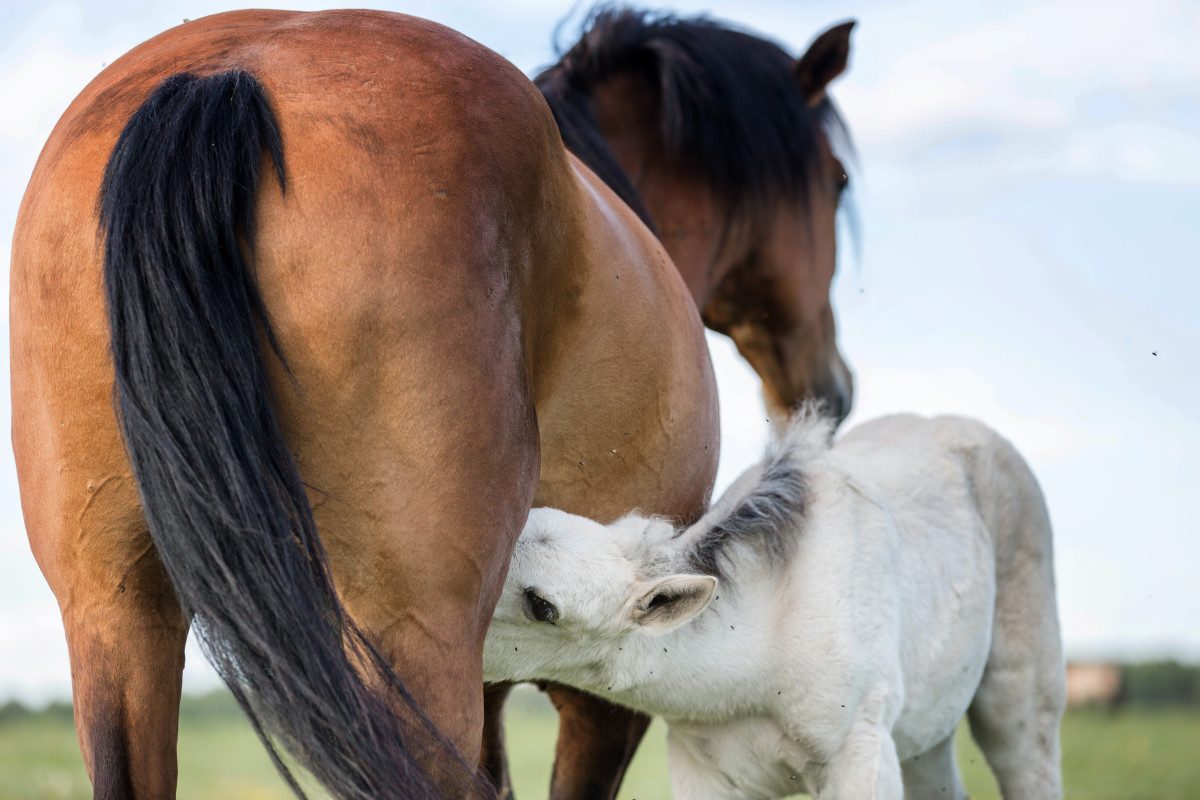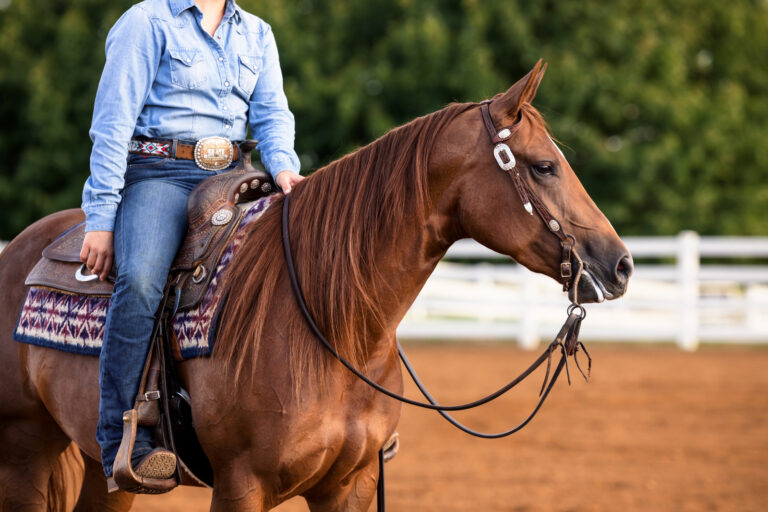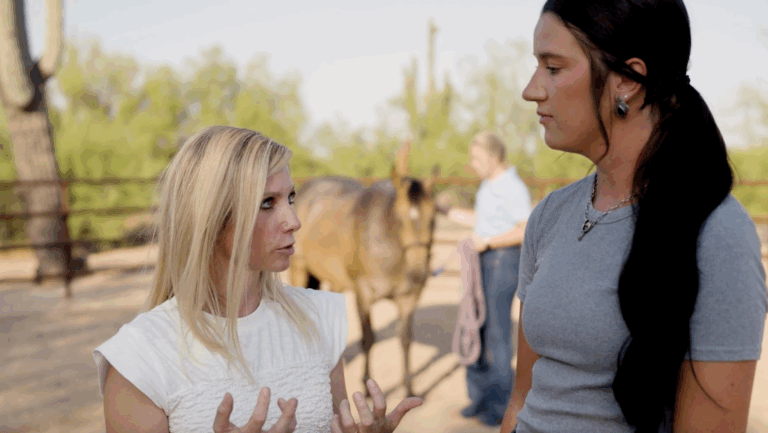
This longitudinal study “Early colonization and temporal dynamics of the gut microbial ecosystem in Standardbred foals” by Sara Quercia and colleagues in Italy was designed to explore the perinatal colonization process of the foal gut microbiota. Other authors were F. Freccero, C. Castagnetti, M. Soverini, S. Turroni, E. Biagi, S. Rampelli, A. Lanci, J. Mariella, E. Chinellato, P. Brigidi and M. Candela.
Thirteen mares that foaled at term (333–355 days gestation) and their healthy foals were included in the study. At delivery, samples were collected from the mares’ amniotic fluid, feces and colostrum, and the foals’ meconium. Milk samples and feces samples from both mares and foals were also taken longitudinally, until Day 10 post‐partum. All samples were analyzed using bacterial DNA extraction and 16S rDNA sequencing. Operational taxonomic units (OTUs) were compared between samples in order to determine the bacterial isolates present in each sample.
The foals’ meconium shared 32 bacterial OTUs with the amniotic fluid and 75 with the mares’ feces, but no OTUs were shared between the mares’ feces and amniotic fluid. The foal gut microbiota gradually changed from the meconium sample to 3 days after birth, acquiring microorganisms found in milk. Later, the foal gut microbiota began to resemble that of the mare more closely. The mares’ hindgut bacteria were relatively consistent, with a very low rate of inter‐individual diversity throughout the sampling period.
Bottom line: The mare’s microbiome might be a key factor in the establishment of her foal’s gut microbial ecosystem.
For more information see the article on the Wiley online library.




